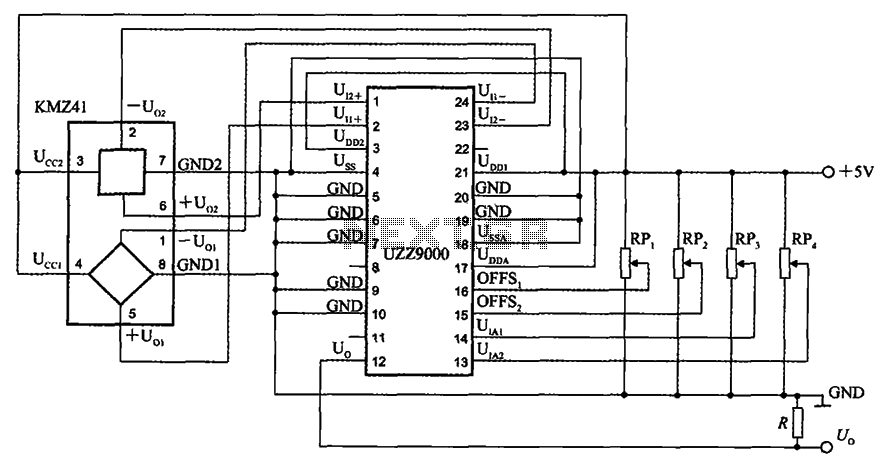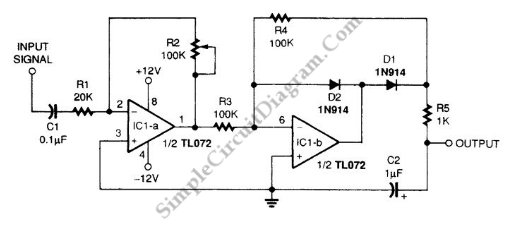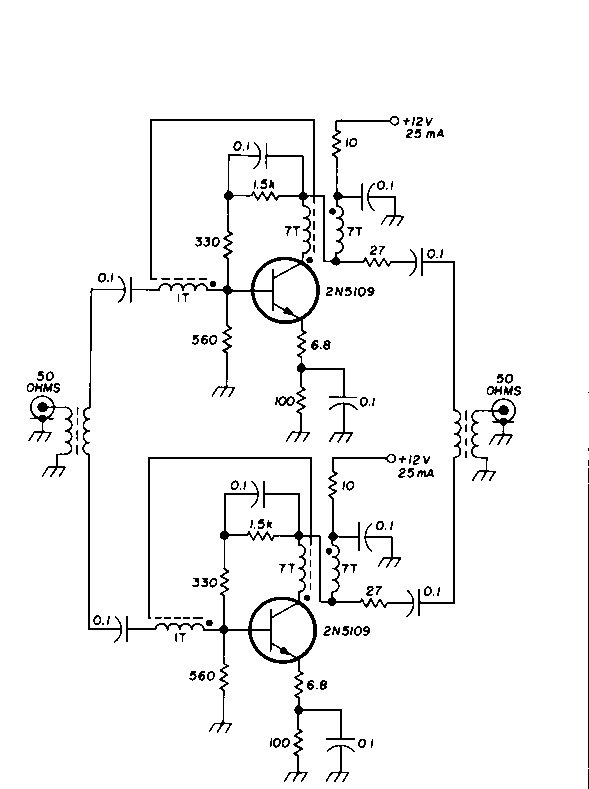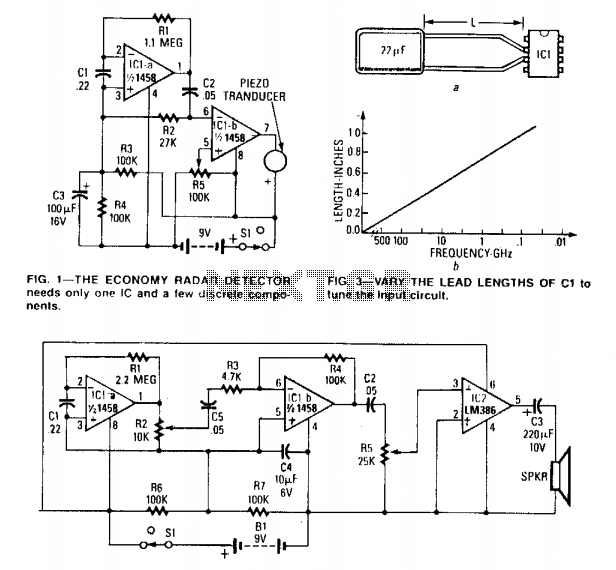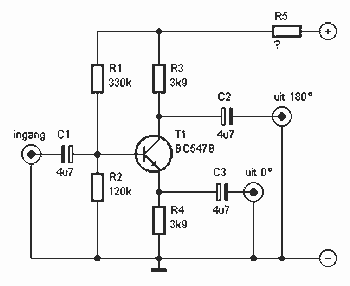
Operational Amplifiers and Signal Conditioning
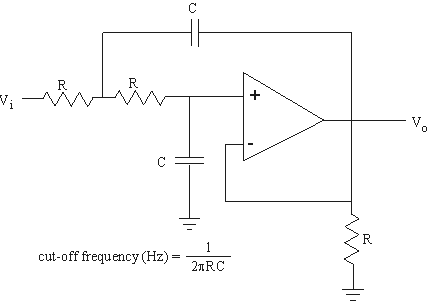
A lens is a specialized perspective on the content within a repository. It can be considered a sophisticated type of list that enables users to view content from the viewpoint of trusted organizations and individuals.
A lens in this context serves as a filtering mechanism that organizes and presents information tailored to the preferences and trust levels of the user. This functionality can be particularly useful in environments where access to vast amounts of data can be overwhelming. By implementing a lens, users can streamline their information consumption, focusing solely on the content deemed relevant and credible by their selected sources.
In electronic schematic terms, the concept of a lens can be likened to a selective filter circuit that processes input signals based on predefined criteria. Such a circuit could be designed using operational amplifiers (op-amps) configured in a way to allow only specific frequency ranges or signal types to pass through while attenuating or blocking others. For instance, a band-pass filter could be employed to isolate signals within a certain frequency range, analogous to how a lens isolates specific content based on user-defined parameters.
The implementation of a lens circuit may involve several components, including resistors, capacitors, and inductors, arranged to form the desired filter characteristics. The design would require careful consideration of component values to achieve the appropriate cutoff frequencies and gain levels, ensuring that the output signal accurately reflects the intended selection of input data.
In summary, the lens concept can be effectively translated into electronic design principles, showcasing the importance of filtering and selective representation in both information management and electronic signal processing.A lens is a custom view of the content in the repository. You can think of it as a fancy kind of list that will let you see content through the eyes of organizations and people you trust. 🔗 External reference
A lens in this context serves as a filtering mechanism that organizes and presents information tailored to the preferences and trust levels of the user. This functionality can be particularly useful in environments where access to vast amounts of data can be overwhelming. By implementing a lens, users can streamline their information consumption, focusing solely on the content deemed relevant and credible by their selected sources.
In electronic schematic terms, the concept of a lens can be likened to a selective filter circuit that processes input signals based on predefined criteria. Such a circuit could be designed using operational amplifiers (op-amps) configured in a way to allow only specific frequency ranges or signal types to pass through while attenuating or blocking others. For instance, a band-pass filter could be employed to isolate signals within a certain frequency range, analogous to how a lens isolates specific content based on user-defined parameters.
The implementation of a lens circuit may involve several components, including resistors, capacitors, and inductors, arranged to form the desired filter characteristics. The design would require careful consideration of component values to achieve the appropriate cutoff frequencies and gain levels, ensuring that the output signal accurately reflects the intended selection of input data.
In summary, the lens concept can be effectively translated into electronic design principles, showcasing the importance of filtering and selective representation in both information management and electronic signal processing.A lens is a custom view of the content in the repository. You can think of it as a fancy kind of list that will let you see content through the eyes of organizations and people you trust. 🔗 External reference
Warning: include(partials/cookie-banner.php): Failed to open stream: Permission denied in /var/www/html/nextgr/view-circuit.php on line 713
Warning: include(): Failed opening 'partials/cookie-banner.php' for inclusion (include_path='.:/usr/share/php') in /var/www/html/nextgr/view-circuit.php on line 713
